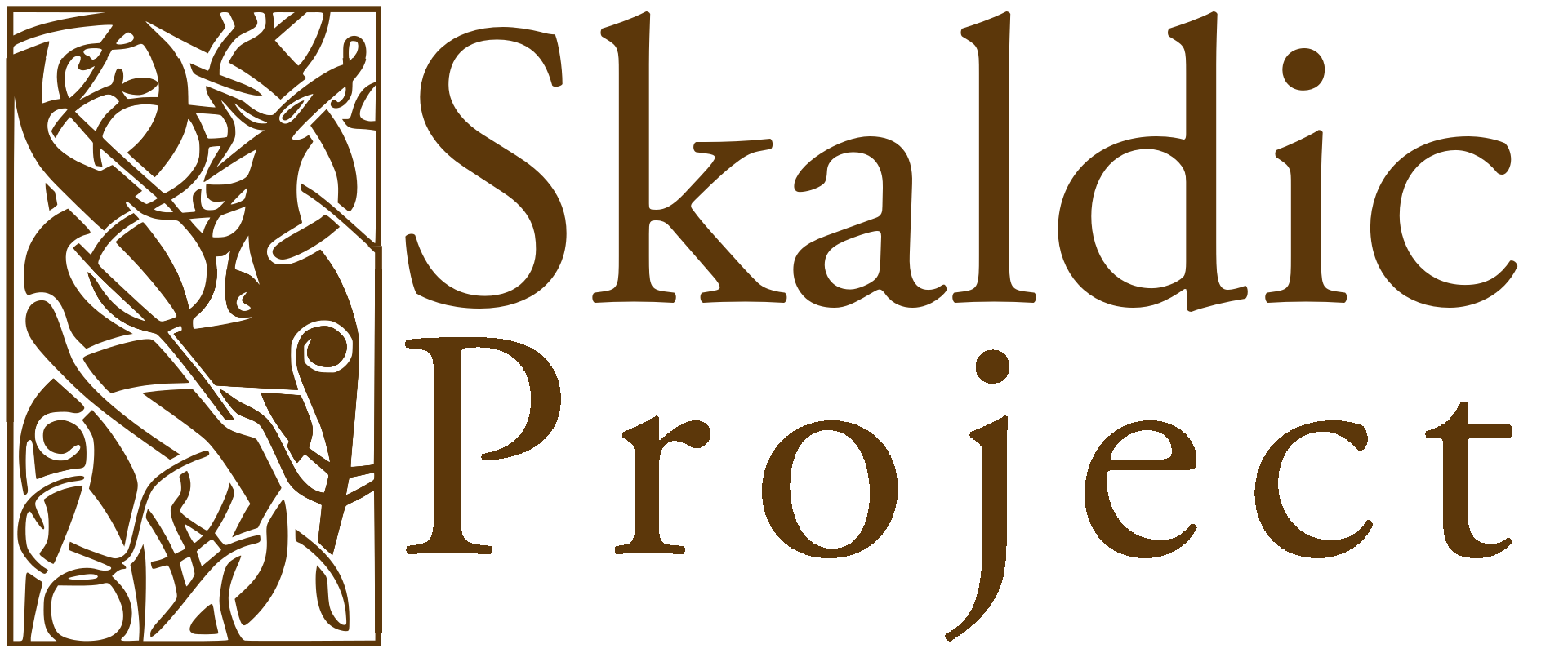Note to ÞjóðA Magnfl 4II
[6] stag (n.) ‘forestay’: The sg. is retained in the Text and Translation, though after the pl. segl rýndu ‘sails conversed’, a pl. would be natural, and this is presumably the motivation for the variant stǫg and for Finnur’s translation tovene ‘ropes, cables’ (Hkr and Skj B) and Bjarni Aðalbjarnarson’s ‘stag (stög)’ (ÍF 28). The stag was seemingly a cable from the mast-top to the prow. For a similar nautical image, see Valg Har 6 and see Foote 1978, 60-1, who instances the word to refute claims that Viking Age ships had no standing rigging.
References
- Bibliography
- Skj B = Finnur Jónsson, ed. 1912-15b. Den norsk-islandske skjaldedigtning. B: Rettet tekst. 2 vols. Copenhagen: Villadsen & Christensen. Rpt. 1973. Copenhagen: Rosenkilde & Bagger.
- ÍF 26-8 = Heimskringla. Ed. Bjarni Aðalbjarnarson. 1941-51.
- Foote, Peter G. 1978. ‘Wrecks and Rhymes’. In Andersson et al. 1978, 57-66. Rpt in Foote 1984a, 222-35.
- Internal references
- (forthcoming), ‘ Unattributed, Heimskringla’ in Kari Ellen Gade (ed.), Poetry from the Kings’ Sagas 2: From c. 1035 to c. 1300. Skaldic Poetry of the Scandinavian Middle Ages 2. Turnhout: Brepols, p. . <https://skaldic.org/m.php?p=text&i=4> (accessed 6 April 2025)
- Not published: do not cite (RunVI)
- Kari Ellen Gade (ed.) 2009, ‘Valgarðr á Velli, Poem about Haraldr harðráði 6’ in Kari Ellen Gade (ed.), Poetry from the Kings’ Sagas 2: From c. 1035 to c. 1300. Skaldic Poetry of the Scandinavian Middle Ages 2. Turnhout: Brepols, pp. 305-6.
